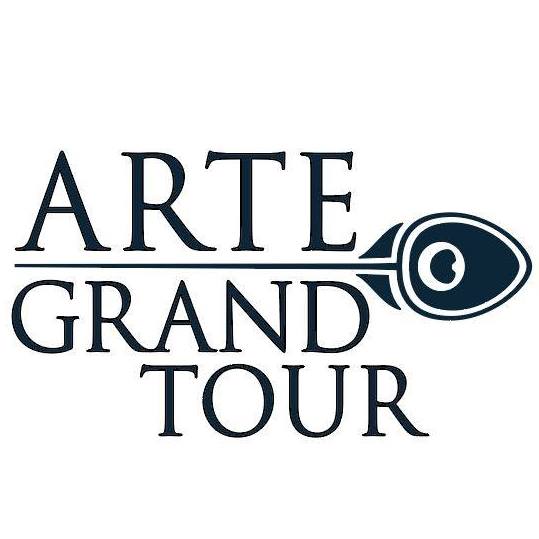Guido Reni around Bologna: from his training to his rise to fame
Updated on 11 November 2024 From Arte Grand Tour
Well-known for his artistic influence that
goes beyond Bologna, Guido Reni also made a profound mark around Bologna,
enriching neighbouring towns and creating an artistic legacy covering the
entire metropolitan area.
His father wanted him to become a musician, but Guido Reni’s precocious talent immediately led his education to painting. The painter followed an apprenticeship in the studio of the Flemish artist, Denys Calvaert: Reni never forgot the elegant beauty of his first teacher, based on Renaissance models. Denys’ teachings to his many students are encapsulated in the paintings held in the Cento Town Picture Gallery. The Adoration of the Shepherds portrays a night-time scene lit up by flashes of light, paying tribute to the famous Nativity by Correggio now in Dresden. The central theme of the painting are the charged emotions shared by the characters, seen through their smiling exchange of looks.
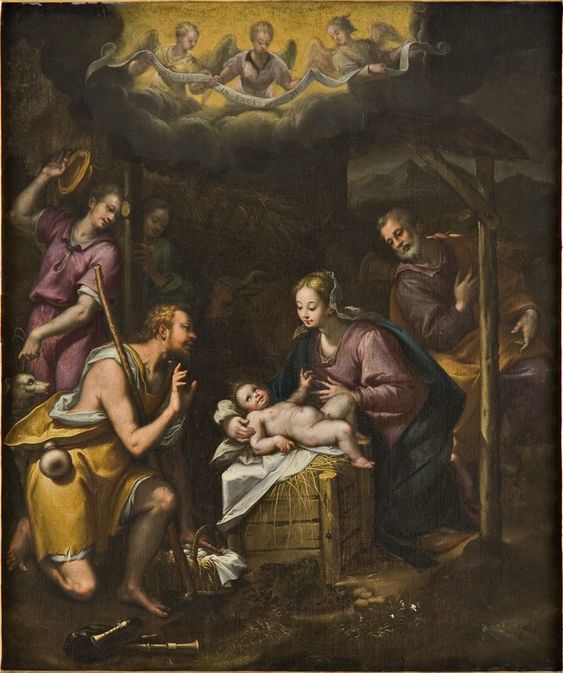
Adorazione dei Pastori, Denys Calvaert, Pinacoteca Civica di Pieve di Cento ©PatER
Among the first masterpieces painted by Guido Reni, it is worth mentioning the altarpiece with the Assumption of Mary, kept in the collegiate church of S. Maria Maggiore in Pieve di Cento. Above the excitement of the Apostles around the empty tomb, Mary ascends to the glory of heaven escorted by angels. The two focal points of the story are connected by the landscape shrouded in the shadow of night, broken on the horizon by the glimmer of dawn. Alongside Reni’s work, you can admire paintings in this collegiate church by Lavinia Fontana, Bartolomeo Passerotti and Guercino.
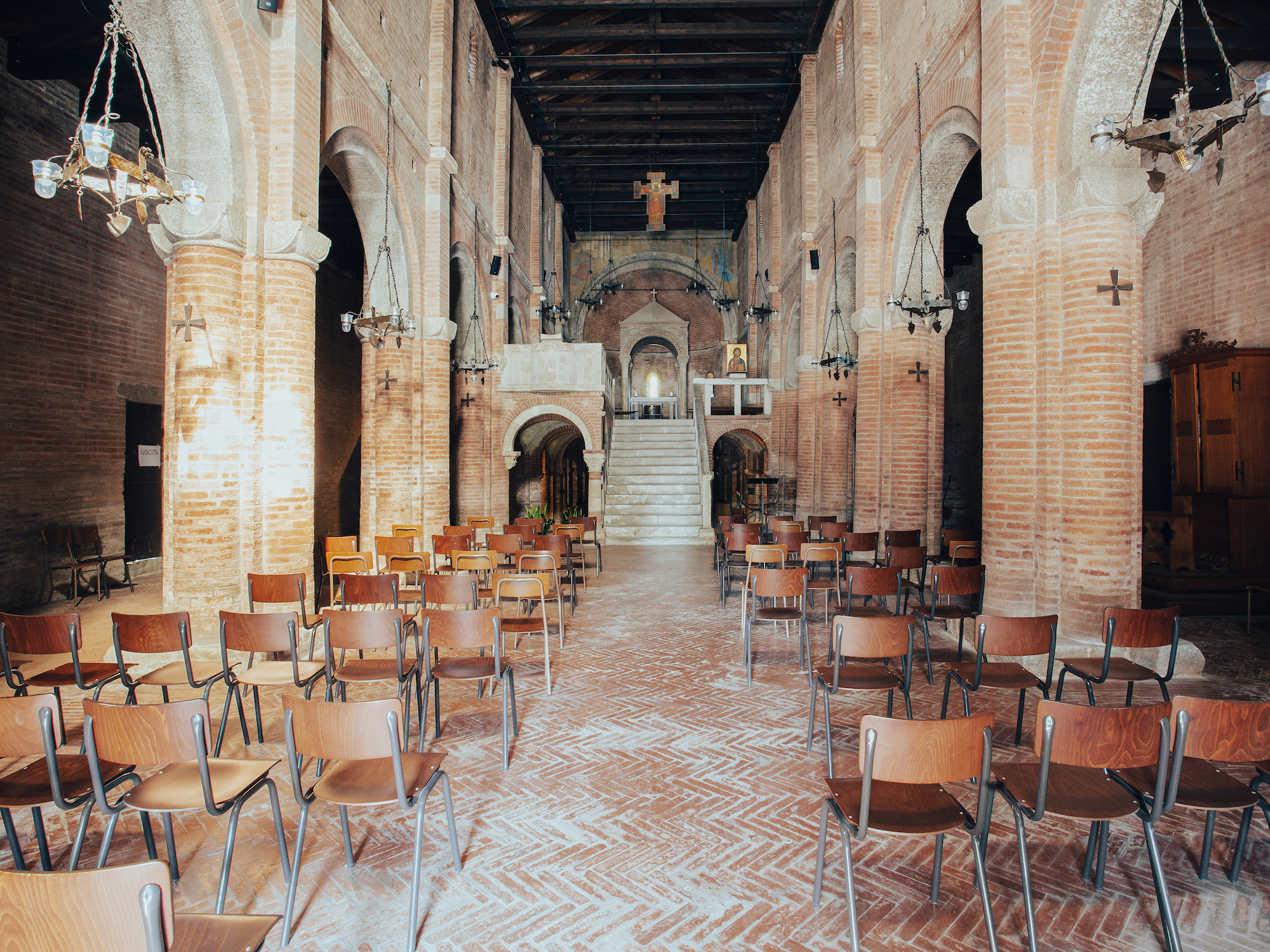
Santa Maria Annunziata and San Biagio Church, Sala Bolognese ©P. Sorgetti
At the height of his fame, Guido Reni saw kings and queens from all over Europe competing for his works. Supported by a large studio, the artist released onto the market many paintings partially by himself or created by students, intended for a less demanding audience of collectors. The collection at the Domenico Inzaghi Town Picture Gallery in Budrio lets you evaluate the spread of Reni’s style through copies of his paintings and half bust pictures, such as Mary Magdalene in Prayer, created by an unknown follower of the artist.

Mary Magdalene in Prayer, Guido Reni, Pinacoteca Civica Domenico Inzaghi ©PatER
Guido’s favourite student, Giovanni Andrea Sirani was the father of Elisabetta, who created her own personal interpretation of Reni’s journey. When she was eighteen, in 1655, she created the altarpiece for the church of S. Martino di Trasasso (in Monzuno, in the province of Bologna), featuring The Madonna and Child with Saints Martin, Anthony of Padua, Roch and Sebastian. As confirmation of how much Guido’s legacy had inspired Elisabetta’s brushwork, she was buried next to the artist, in the Basilica of S. Domenico in Bologna.
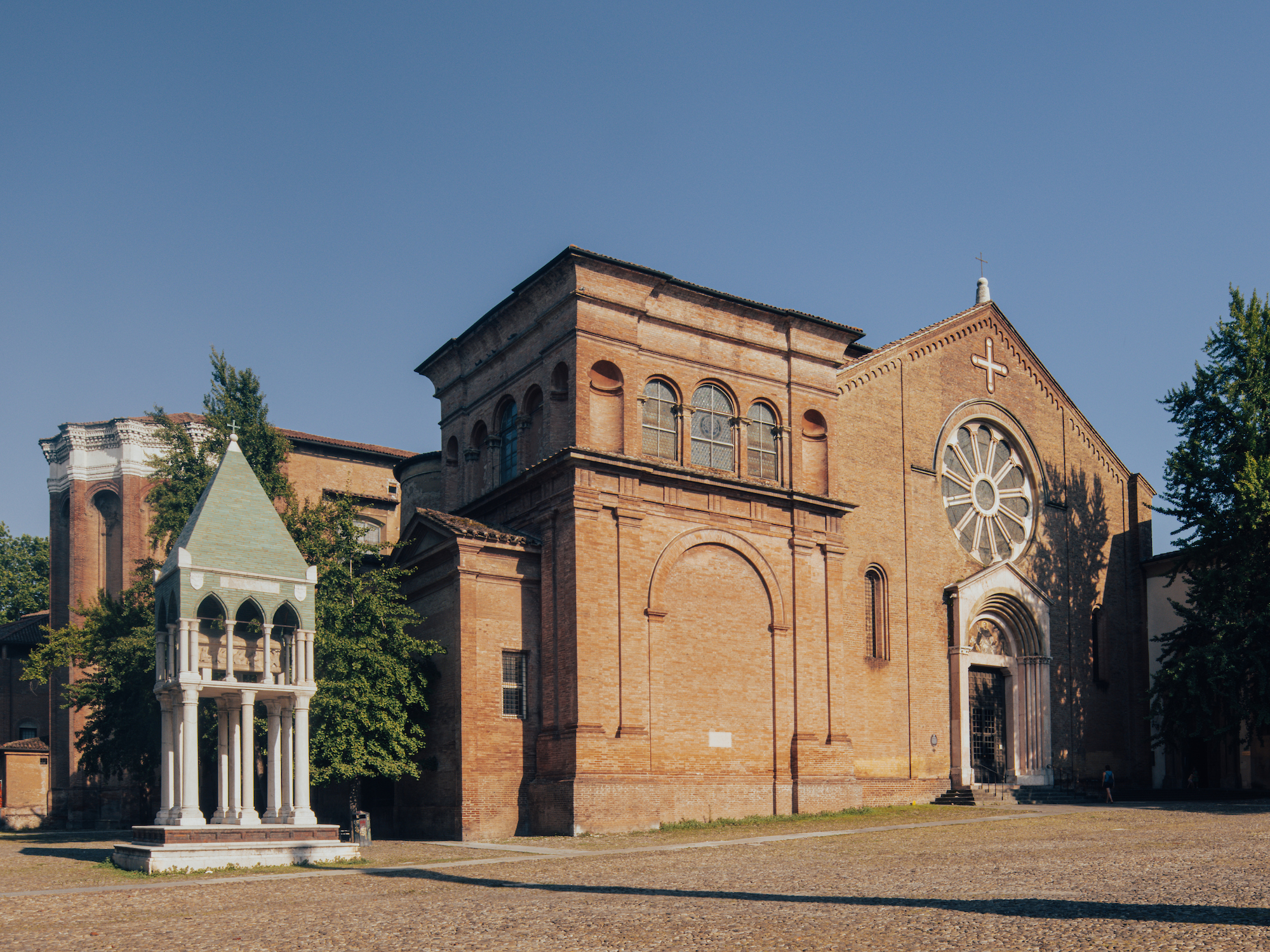
Basilica di San Domenico, Bologna ©P. Sorgetti
This trail shows how Guido Reni’s legacy
does not just stop at the city gates, but spreads all throughout the
metropolitan area of Bologna, creating a recognisable school and
style that have shaped the city’s artistic landscape.
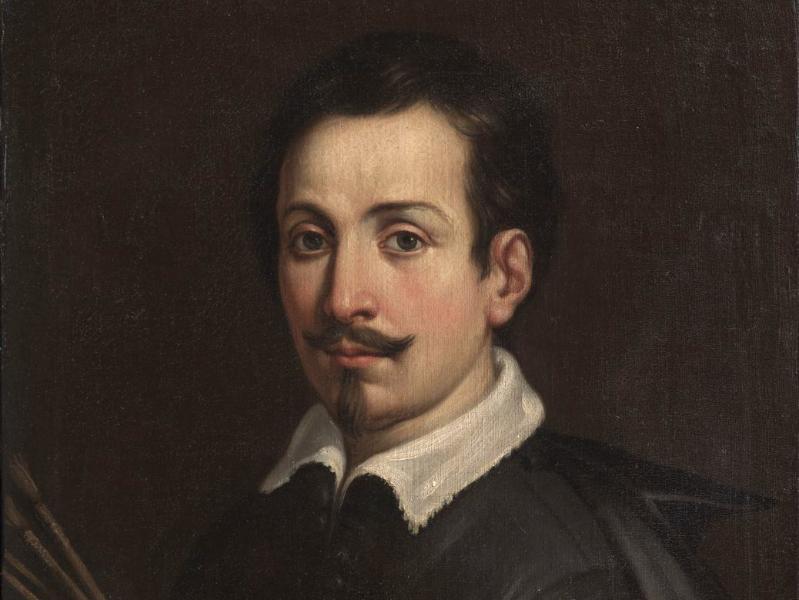
Known
by the whole of Europe as “the divine Guido”, he was the most famous painter of
the Bolognese school in everyone’s eyes. The son of Daniele, a musician, and
Ginevra, who the artist portrayed in an exceptional portrait now in Bologna’s
National Gallery, Guido Reni was born in 1575 and trained in Bologna,
immediately assessing the differences between his idealised style and the
“natural” one of the Carracci. After 1600, he worked in Rome for highly
prestigious buyers. Having returned home in 1614, he dominated the art scene at
the time. His studio brought in distinguished visitors and his fame echoed
thanks to poets’ verses. Known for his complex, troubled personality, Guido
Reni died on 18 August 1642.
